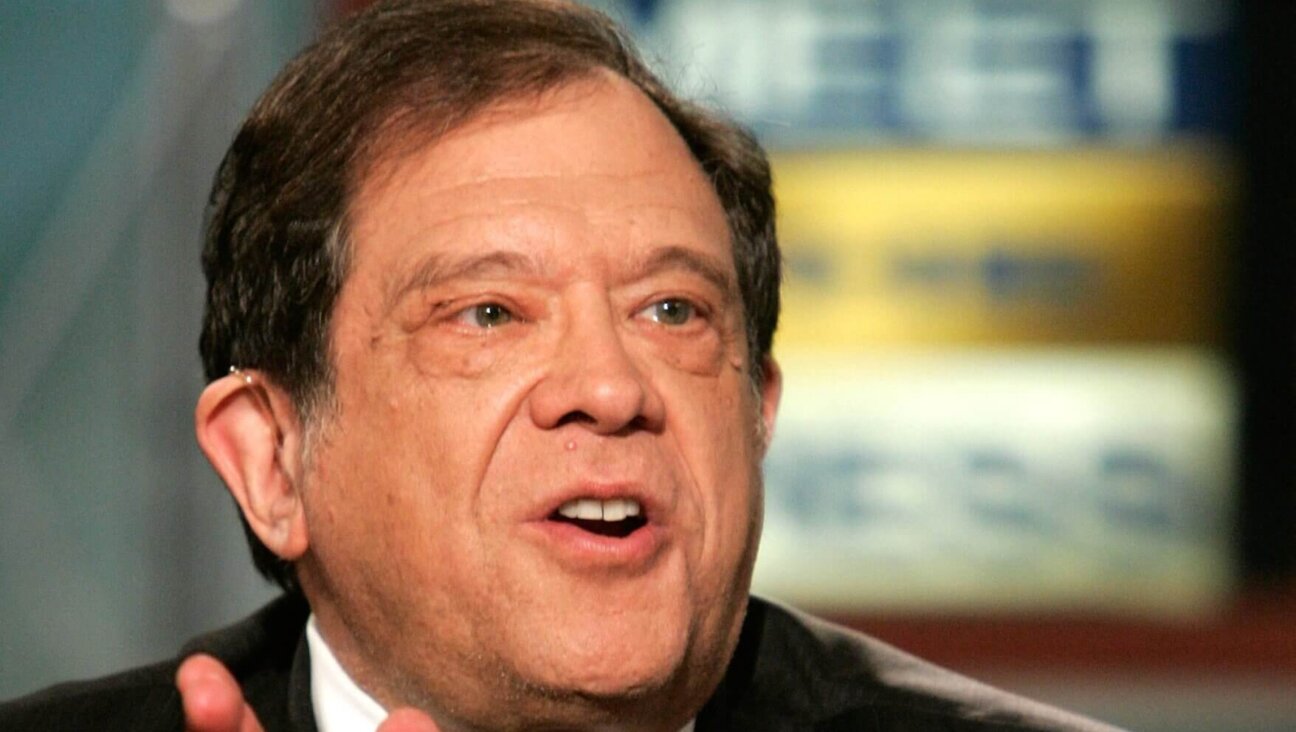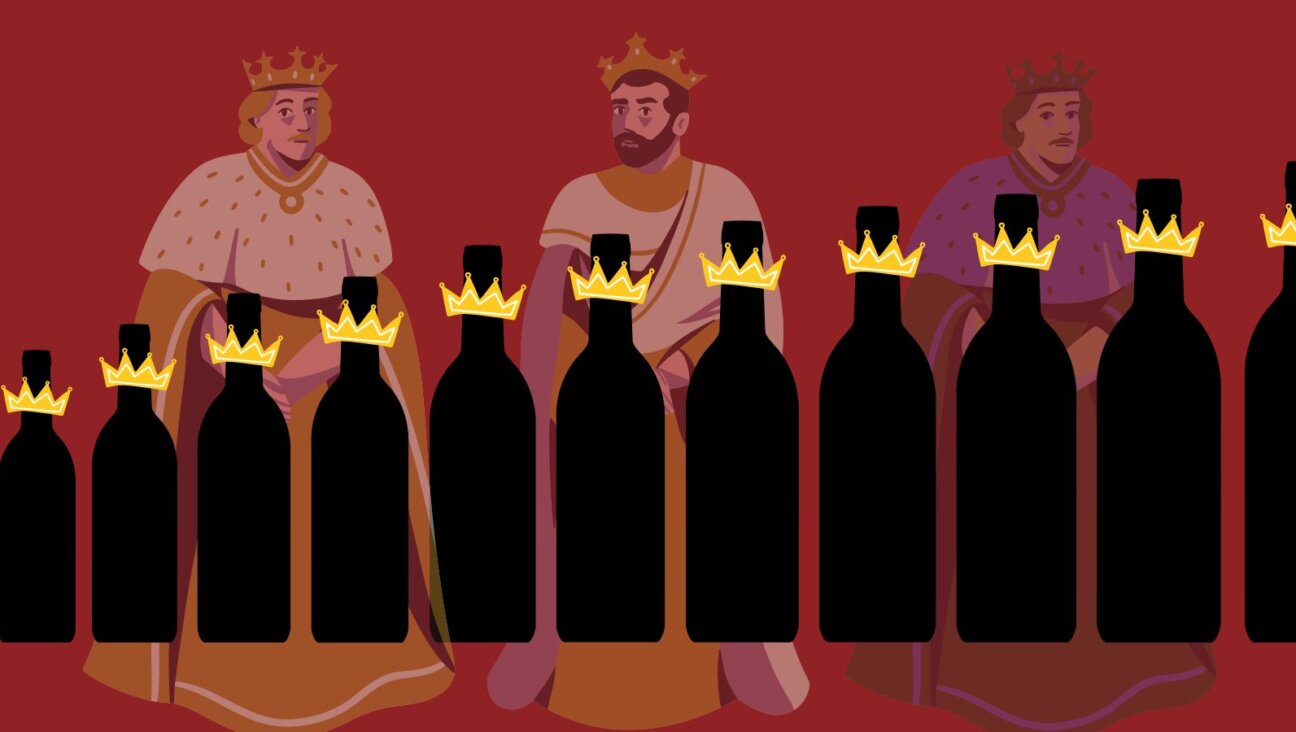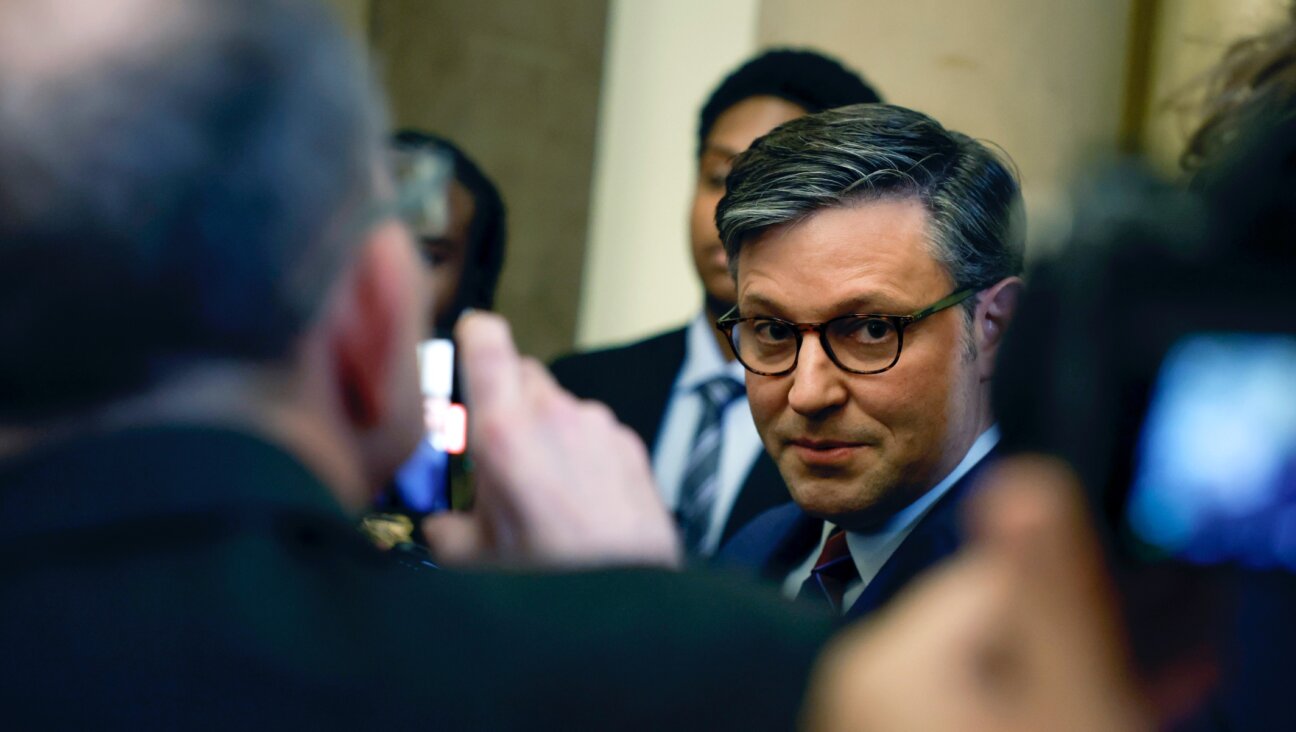A History of Us: ‘The Jewish Americans’ Hits the High Notes
The Jewish Americans
PBS, January 9, 16, 23
The Jewish Americans
By Beth S. Wenger
Doubleday, 388 pages,$40.
About halfway through the first installment of David Grubin’s three-part documentary “The Jewish Americans,” a voice-over reads an 1862 letter from a northern Jewish officer, one Marcus Spiegel. In it, Spiegel explains to his wife why it is that he is willing to fight, perhaps die, for the Union. The letter is loaded with pathos, because Spiegel was subsequently killed in an ambush in Louisiana. This short sequence is an obvious echo of one of the most famous moments in one of the most famous PBS documentaries, Ken Burns’s “The Civil War.” There, over a painfully haunting fiddle tune we hear a similarly haunting letter from another union soldier this one destined to die at Bull Run. Grubin’s nod to Burns expresses, in miniature, the central message of “The Jewish Americans”: We Jews have been here from the start. We have loved America as much as anyone. In the face of discrimination, we have prevailed.
This is inspiring, but hardly new. Be that as it may, Grubin, who produced and directed “The Jewish Americans,” and Beth Wenger, who wrote the fine companion volume, tell the familiar story well and with admirable speed. They cover both an impressive number of Jewish achievements and a wide swath of anti-Jewish feeling. Using a mixture of archival footage, photographs and a number of contemporary interviews, the TV show touches on all the old standbys of Jewish American history. They’re all represented here: The early peddlers, Judah Benjamin, Justice Brandeis, Yiddish theater, Bess Myerson, the Borscht Belt, not to mention Leo Frank, the Rosenbergs, Father Coughlin and Henry Ford. In a rich, unsentimental account of the Lower East Side, there is a section on the Forverts and its pioneering editor, Abraham Cahan, nicely punctuated by the comments of JJ Goldberg, the English-language paper’s current editorial director. This evocation of the period of the great immigration is studded with unexpected pleasures such as the conductor Michael Tilson Thomas’s tribute to his grandfather, the great Yiddish actor Boris Thomashefsky, and praise from “Dear Abby” for Cahan’s famous column, “The Bintel Brief.” (“He was a poet,” she says. “Me, I’m just an advice columnist.”)
According to “The Jewish Americans,” dos goldene land has lived up to its promise. But the series also contains a rueful subplot; it indicates that Jewish success in America has led Jews away from di goldene keyt, the golden chain of Jewish religious tradition. Accordingly, the last half-hour of the final installment is devoted to contemporary Jews’ attempts to re-create that tradition. As one of the interviewees says, his father went to synagogue because he was a Jew. His grandchildren go to synagogue in order to become Jews. It is a good point, nicely turned and brings the series to an appropriate end.
Perhaps it is too easy to complain about omissions in a documentary that spans three centuries in just less than six hours. Nevertheless, some things do stand out. Because Grubin — and to a lesser extent, Wenger — concentrates on those critical moments when Jews entered (and conquered) domains of American life that had previously been denied them, they tend to ignore what happened afterward. While a nice segment of the documentary is devoted to Irving Berlin, no mention is made of Rodgers and Hammerstein, let alone Stephen Sondheim. Sure, Thomashefsky was great, but Dustin Hoffman has arguably been more important to the history of Jewish Americans. He is the Bess Myerson of Hollywood, the first Jewish actor to be allowed to look like a Jew while keeping his obviously Jewish name.
It is also odd that the series refuses to mention Jews’ contributions to high culture. Although the entrance requirements to the arts are awfully tough and the gatekeepers particularly fierce, Jews have made a considerable mark on “serious” music, painting, literature and dance. Those iconic anthems of Americanism, “Appalachian Spring” and “Fanfare for Common Man,” were written by a gay Jewish communist from the Bronx, Aaron Copland. Saul Bellow won the Nobel Prize. (To be fair, he does appear in Wenger’s volume. But he’s the only one.) Lincoln Kirstein founded the American Ballet, and, after Jackson Pollock, Mark Rothko is probably the most famous of the Abstract Expressionists. These were no small feats.
But in the end, such details are only details, and there is a broader and simpler question to raise about “The Jewish Americans”: Do we need to hear this particular version of our story yet again? My parents’ generation could be justly proud of how far Jews have come. Victims of overt and covert forms of Jew hatred, they could be justly worried about antisemitism. I know a number of people in my middle-aged cohort and younger who are both proud and worried, but not in the same way and not to the same degree. They live and experience Judaism quite differently. Children of successful assimilation, they are trying to go somewhere beyond or, rather, behind it.
Judaism, as we all know, is unique in the United States in that it is both a religion and an ethnicity. The process of Americanization has produced great things, both for us and for America. Nevertheless, it has been won at some cost. And according to “The Jewish Americans,” it is religion that has paid the price. True enough, many of us have allowed our religious practice to dwindle and our faith to lose its urgency. By the same token, we have permitted our sense of cultural particularity to dwindle as well.
People often complain that Judaism as a religion has been reduced to bagels, lox and Zionism. The same is true of our ethnic identifications and their expressions, in no small part because the complicated and sometimes painful process of Americanization has as much to do with the terms of inclusion as it does with acts of exclusion. We have won a good number of our victories here by voluntarily shouldering what one sociologist has called the burden of American “civility.”
While “The Jewish Americans” charts the recent resurgence of American Jewish practice and spirituality, it neglects the equally recent movement to recover the wealth of an earlier Yiddishkeit. Like the “return to religion” and like “Judaism by choice,” the rediscovery of the mixed, rough-and-tumble culture of our grandparents and great-grandparents signals a renewed sense of the difference that Judaism makes. To understand where so many Jews in the United States now live both spiritually and ethnically, we should not merely retell the history of Jews who are Americans — we should also tell the story of Americans who are Jews.
David Kaufmann is a cultural critic for the Forward.

I hope you appreciated this article. Before you go, I’d like to ask you to please support the Forward’s award-winning journalism this Passover.
In this age of misinformation, our work is needed like never before. We report on the news that matters most to American Jews, driven by truth, not ideology.
At a time when newsrooms are closing or cutting back, the Forward has removed its paywall. That means for the first time in our 126-year history, Forward journalism is free to everyone, everywhere. With an ongoing war, rising antisemitism, and a flood of disinformation that may affect the upcoming election, we believe that free and open access to Jewish journalism is imperative.
Readers like you make it all possible. Right now, we’re in the middle of our Passover Pledge Drive and we need 500 people to step up and make a gift to sustain our trustworthy, independent journalism.
Make a gift of any size and become a Forward member today. You’ll support our mission to tell the American Jewish story fully and fairly.
— Rachel Fishman Feddersen, Publisher and CEO
Join our mission to tell the Jewish story fully and fairly.
Our Goal: 500 gifts during our Passover Pledge Drive!
























